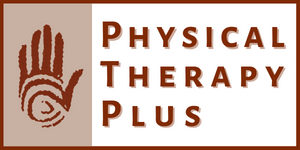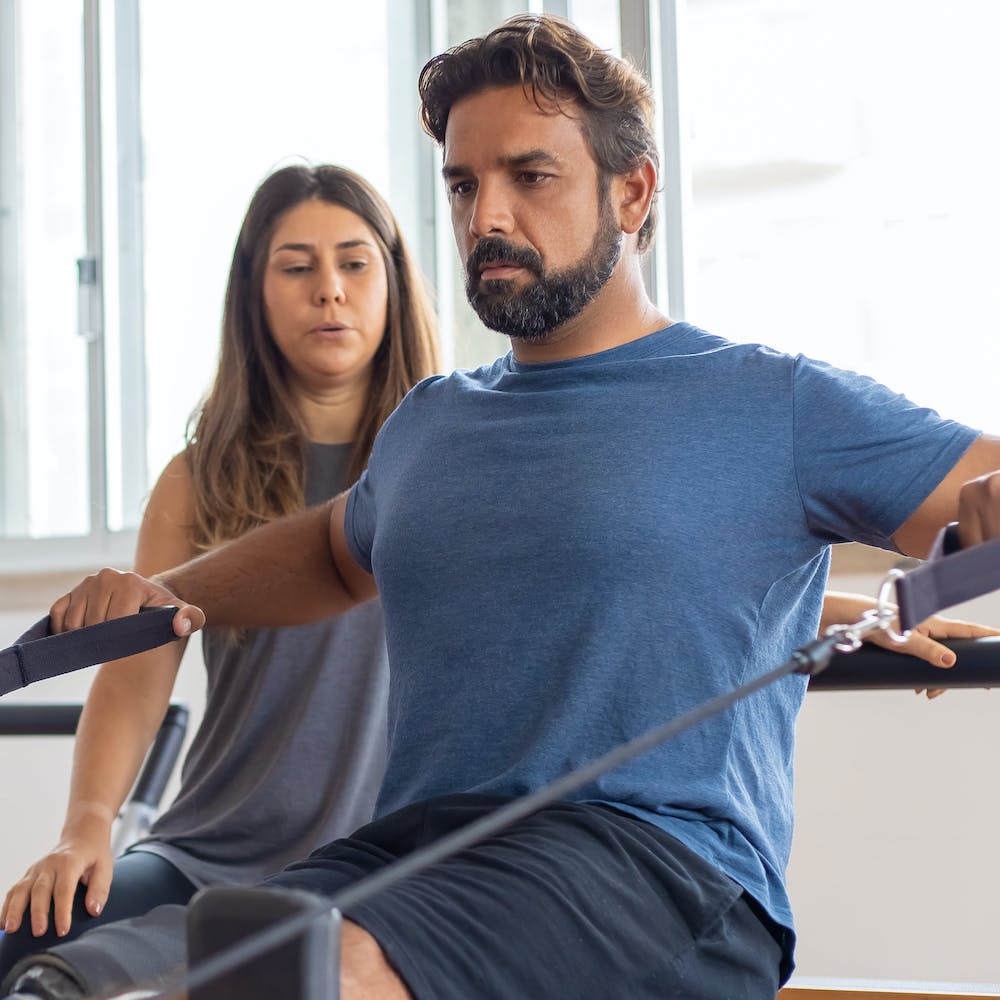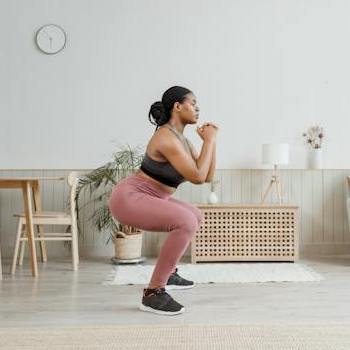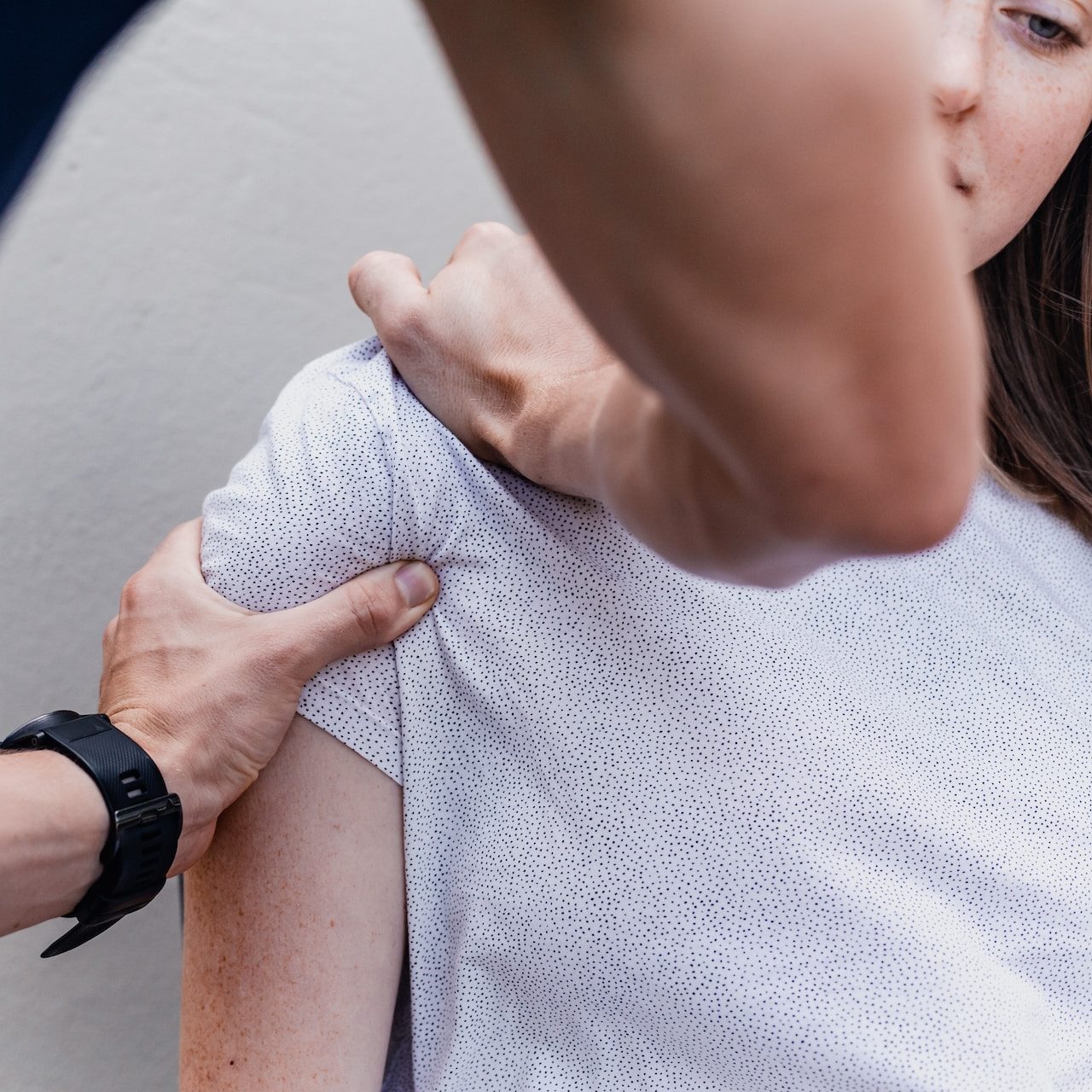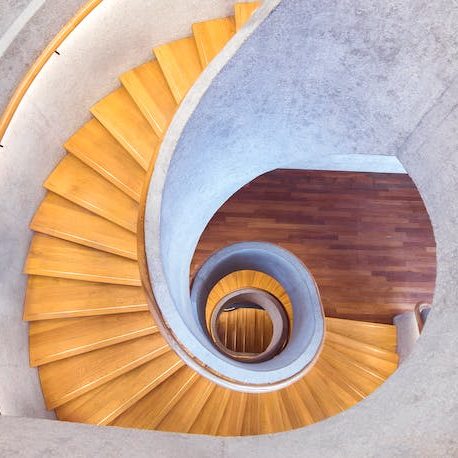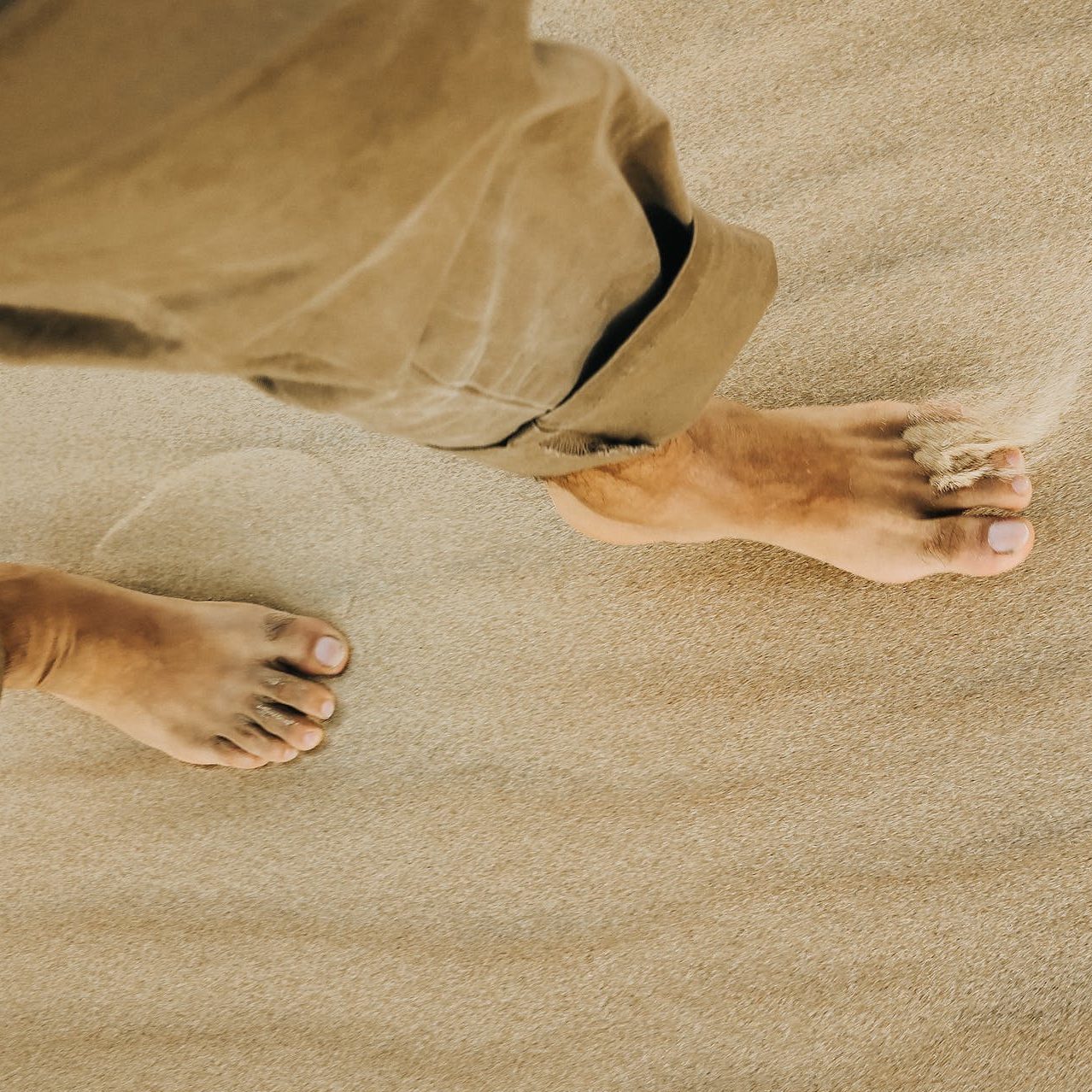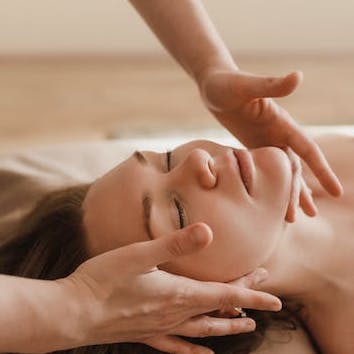Adult Physical Therapy Services
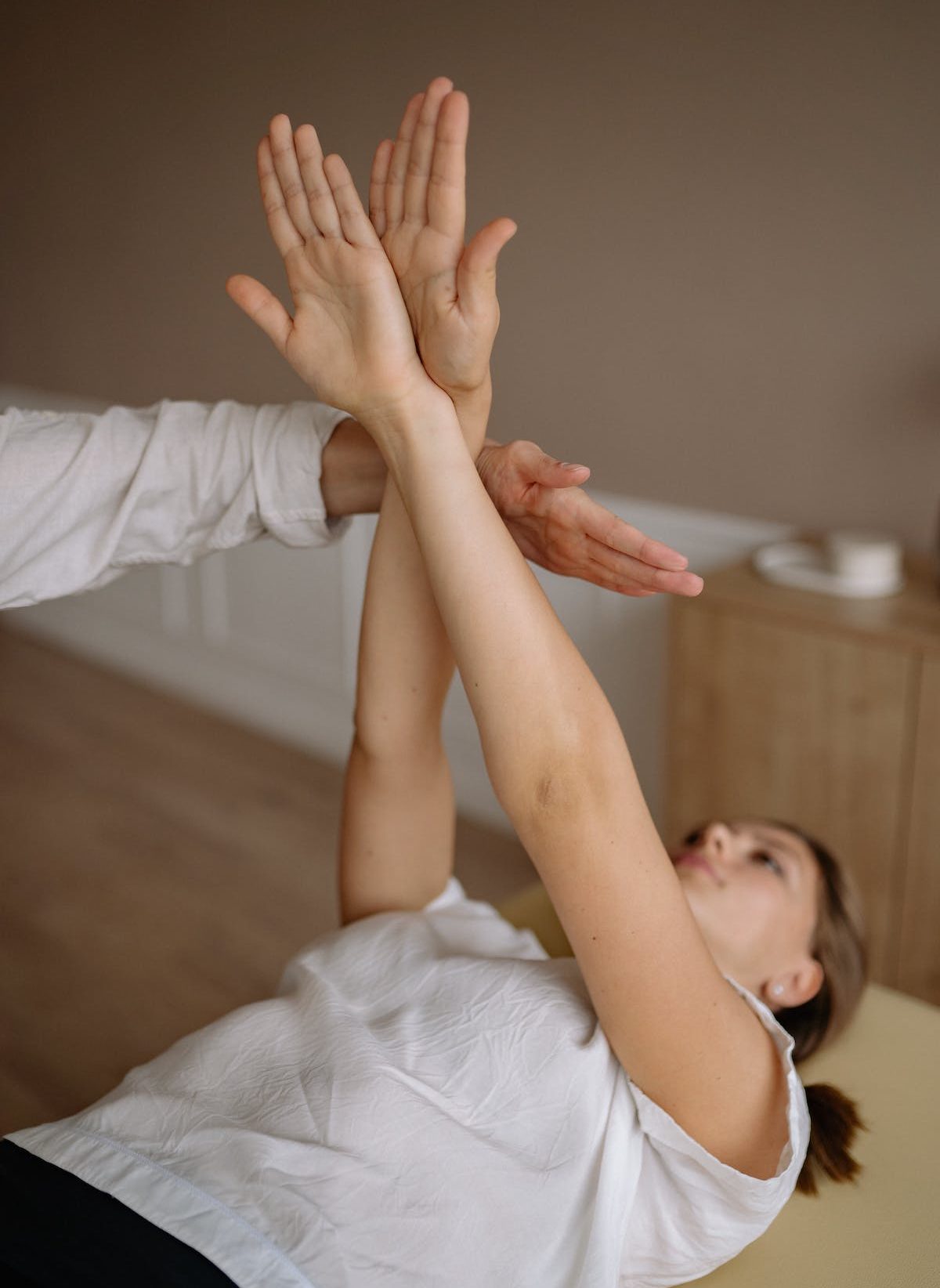
Orthopedic Physical Therapy
At Physical Therapy Plus, we evaluate and treat a wide variety of musculoskeletal concerns in preparation for or following surgical/nonsurgical procedures.
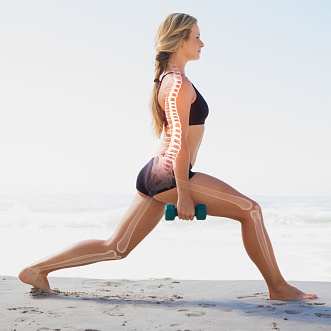
Common Orthopedic Symptoms
- Shoulder/arm pain
- Neck pain
- Back pain
- Sciatica
- Spinal stenosis
- Sacroiliac (SI) joint concerns
- Hip pain
- Knee pain
- Ankle pain
How We Can Help
Many orthopedic concerns can be successfully treated with the conservative approach of a trained therapist’s eye and skilled hands. Before considering surgery, consider Physical Therapy Plus!
Manual Therapy
Our therapists skillfully apply manual techniques to encourage fascial release, soft tissue health and joint mobility.
Joint Mobilization
We guide you to access the affected joint’s capacity to move in a healthy range to restore full functionality and ease of movement.
Range of Motion & Strength Exercise Progressions
We develop individualized treatment plans designed to improve your range of motion and strength through safe and effective progressions.
Movement Re-education & Home Exercise Plans
Treatment doesn’t stop when you session ends! Our therapists work with you to establish functional patterns through education and homework.
Pelvic Floor & Lower Back
The pelvic floor is part of our Deep Core Motor System. This system includes not only the muscles that span the bottom of the pelvis, but also muscles of the back, abdomen and diaphragm. These muscles optimally work as a team. PT/OT is effective at treating the low back/pelvic pain and dysfunction that may occur when this core system is out of balance.
Common Symptoms of Pelvic Floor Dysfunction
- Incontinence
- Increased frequency of urination
- Urinary urgency
- Incomplete voiding of bladder or bowel
- Constipation
- Pelvic pain
- Pain with intercourse
- Pelvic organ prolapse
- Chronic abacterial prostatitis
- Testicular pain erectile dysfunction
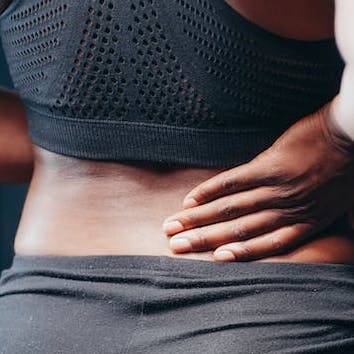
How We Can Help
Physical Therapy Plus offers Pelvic Floor and Low Back Rehabilitation at our Santa Fe clinic.
Care & Respect
Our trained therapists work with sensitivity and respect of your personal comfort and boundaries at all times.
Evaluation
We provide a thorough initial evaluation to determine the cause and other factors underlying and perpetuating your symptoms.
Individualized Treatment Plan
We develop an individualized treatment plan including “homework”—things for you to do to help alleviate your symptoms.
Hands-on Therapy
Our highly skilled clinicians apply hands-on techniques to alleviate problems such as muscle tension and joint stiffness.
Introducing Pelvic Health Physical Therapy

My name is Alexi Charter, and I’m a physical therapist who’s passionate about helping people with pelvic floor issues. Pelvic Health PT is a specialized area of PT that can help with the following problems:
Many people of all genders and ages* suffer silently with these issues, but the good news is that pelvic floor therapy can help! Read on to learn more about what the pelvic floor is, and what we actually do at a pelvic PT appointment.
*I do not currently provide pelvic floor therapy for children. For teenagers, the course of care may be different than for adults; parents may contact me at the number below to discuss expectations prior to scheduling.
Click on the + signs to open content and learn more:
Balance & Vestibular Rehabilitation
At Physical Therapy Plus, our trained therapists treat vertigo, BPPV (Benign Paroxysmal Positional Vertigo, impaired balance/tendency to fall, and vestibular migraines. We also work with other conditions affecting balance and cognition, such as visual disturbances, dizziness after concussion, cervicogenic dizziness, motion sensitivity and recent head trauma.

Your Symptoms May Include:
- Spinning sensation with postural changes
- Inability to focus vision
- Dizziness with head and neck movement
- Fear of falling
- Hearing changes
- Ear ringing
- Light sensitivity
- Imbalance
- Motion sensitivity
- Brain fog
How We Can Help
Physical Therapy Plus offers Balance & Vesibular Rehabilitation at both our locations.
